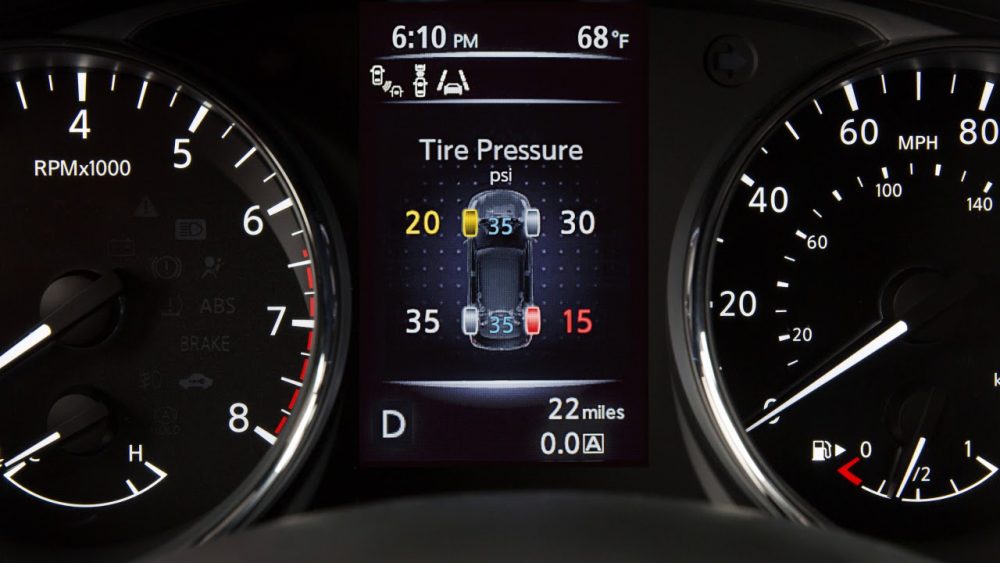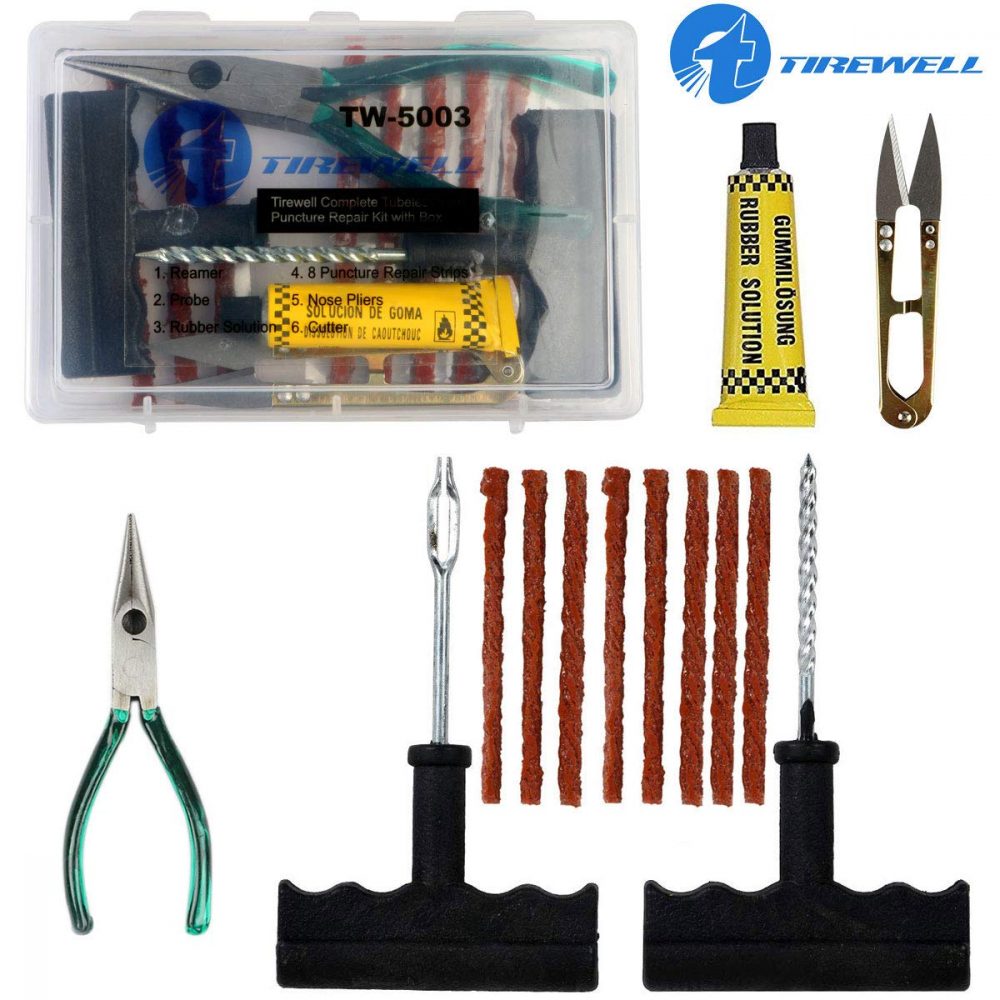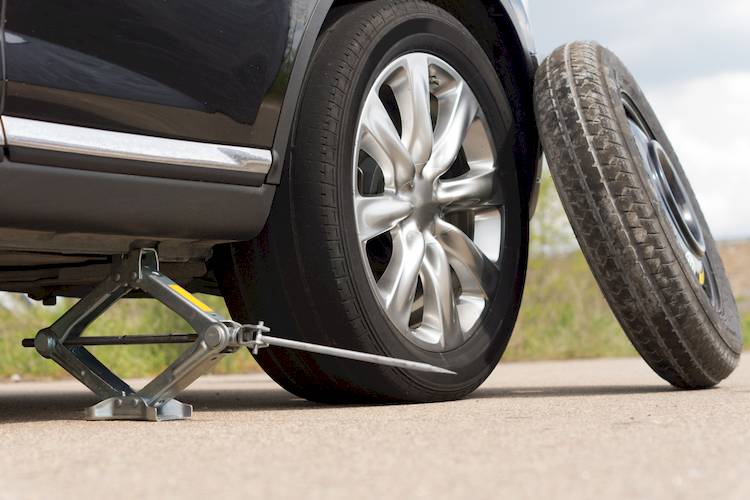The Government of India has made some changes in the CMVR (Central Motor Vehicles Rules) and has introduced a new norm where cars will now be allowed to run without a spare wheel. The new norm states that a car will not compulsorily require a spare wheel given they fulfil certain requirements; an onboard TPMS or Tyre Pressure Monitoring System and a tubeless tyre puncture repair kit.
Having a full-size spare wheel used to be a requirement in Indian cars and many manufacturers got away with providing a space-saver spare which is smaller in dimensions but is only safe to use with vehicle speeds less than 60kmph. This norm is applicable to only M1 category vehicles (four-wheelers carrying not more than 8 passengers). Let’s have a look at this in detail.
If your car has a TPMS (Tyre Pressure Monitoring System)

What exactly a TPMS does is tell you accurately the real-time air pressure of each wheel. There are sensors integrated within the tyre stem which send information to the central system notifying about the prevalent air pressure in the tyres.
This system enables you to know if all the tyres are running on normal pressure and temperature. TPMS also warns you if there is a sudden drop in the tyre pressure. A TPMS is the first requirement that the government has put up with the new norm which allows cars with tubeless tyres to be on the roads without a spare wheel. Premium sedans and SUVs nowadays feature a Tyre Pressure Monitoring System.
Read Nitrogen Vs Air | Which Is Better For Your Car Tyres?
A Puncture Repair Kit

The second requirement that the government has made compulsory for cars without a spare wheel is a puncture repair kit. This kit contains equipment that can help you repair a tubeless tyre puncture by yourself which commonly contains a rubber plug, rubber sealant and other tools which can help you fix small punctures all by yourself. CMVR has mandated the inclusion of a tyre compressor and a rubber sealant in the given kit.
Read Car Tyre Markings: What do they mean?
The system is voluntary as of now. Not all cars come equipped with a TPMS, but this feature will become mandatory from October 1st 2020.
As reported by The Times of India, an official from the road transport ministry commented “As of now installing the TPMS is voluntary as an added feature. But there is a high probability of more demand for this in the near future to increase the fuel efficiency of vehicles and also to reduce mishaps”
The puncture repair kit also can save a lot of time and effort by helping you fix the puncture instead of jacking up the car and pulling out the spare wheel.
Advantages of removing the Spare Wheel

- Letting the cars run without spare wheels will bring down the production cost (although by a slight margin).
- It will also help in improving overall fuel efficiency.
- SaveS up space in the boot for more luggage space or a battery pack (in case of an electric vehicle).
- Removing a spare will also reduce the kerb weight of the.
The government has started gearing up for the future and tailoring and modifying norms according to this new mandate. Just like cars, two-wheelers will also get some new norms which will concentrate on the improvement of stands and footrest. Currently, there are no standards for these accessories but standardising such products will definitely improve the quality and safety.






